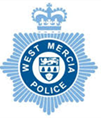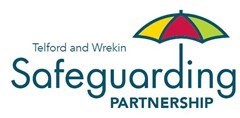
Safeguarding is at the centre of everything we do at St Matthew’s, we aim to ensure that everyone working in our school understands and adheres to their safeguarding responsibilities. We have a duty of care to all staff, pupils and their families. The safety and protection of all children is of paramount importance to all those involved in education. We are committed to inter-agency working to keep children safe. Together as a school community we provide a caring, positive, safe and stimulating environment, which promotes the social, physical and moral development of the individual pupil, whilst paying due regard to the protected characteristics of every child.
Designated Safeguarding Leads (DSLs)
Every organisation that works with children must appoint at least one member of staff to take the lead on safeguarding and child protection. At St Matthew’s we believe that working collaboratively to ensure the safety of all is paramount and therefore have appointed a number of members of staff who take on the role of DSL. The DSLs at St Matthew’s are:
 |
 |
 |
|
Mrs Deborah Mills Headteacher |
Mrs Rebecca Wilson Deputy Headteacher |
Mrs Lily Hulme Assistant Headteacher |
 |
 |
|
Mrs Lura Burns SENDCo |
Mrs Abie Cadman-Smith Pastoral Manager |
The governor with responsibility for safeguarding at St Matthew’s is:
 |
|
Mrs Anna Hill Chair of Governors |

Child Protection Policy
Our Child Protection and Safeguarding Policy is underpinned by advice from the Telford and Wrekin Safeguarding Partnership. Information from Keeping Children Safe in Education, Working Together to Safeguard Children and Safer Recruitment guidance has also been used. All staff receive regular professional development and training, they understand the policy and follow it in a robust way.
 |
 |
 |
| Click image above | Click image above | Click image above |
| Child Protection Policy | Keeping Children Safe in Education | Working Together to Safeguard Children |
Safeguarding Curriculum
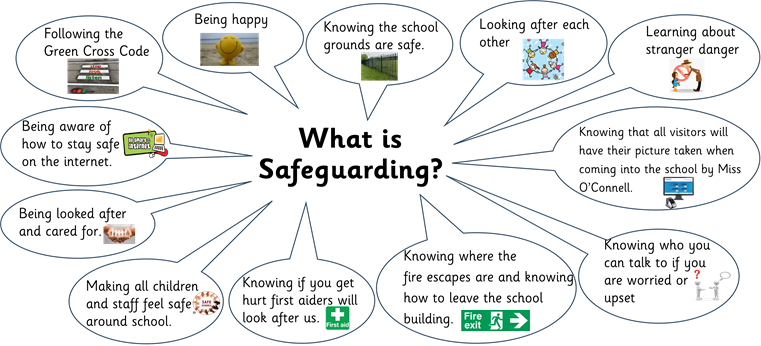
In school we teach our children about the importance of safeguarding through many different curriculum areas and contexts. Our safeguarding content is taught through all subjects areas, some through specific lessons in PSHE, some through specific focus days and other aspects are taught through whole school or in class assemblies.
|
|
PSHE Lessons |
|
|
PANTs lessons |
Water Safety Awareness |
Crucial Crew - Year 6 |
|
Be Bright Be Seen - Year 3 and Year 4 |
|
|
|
STAR - Year 6 |
Criminal Exploitation - Year 6 |
Picture News |
Safeguarding Pupil Displays
We have a number of safeguarding displays around school that provide all of our pupils with visual reminders of what safeguarding is, how to keep themselves safe and who to speak to should they have a concern or a problem.
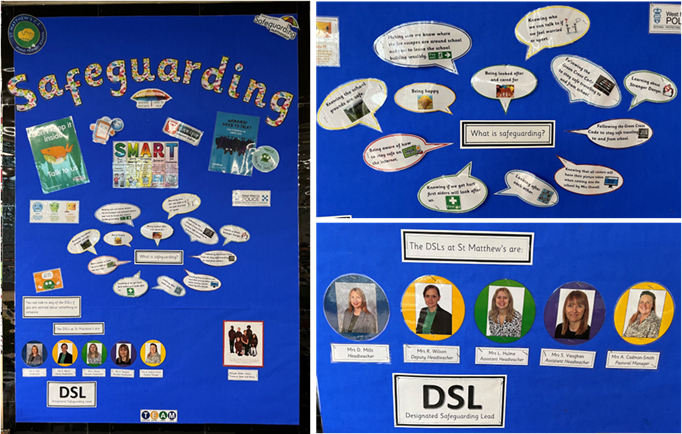
Expect Respect Lessons
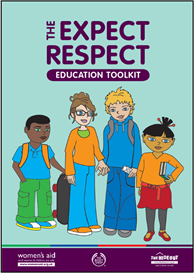
There is a growing recognition that the home lives of children and young people can have a significant impact on their ability to participate fully in school life and achieve academically.
At the start of a school year every class in school participates in one Expect Respect Lesson. Through these lessons we teach our children at an age appropriate level how to develop their understanding of respectful relationships and what these look like.
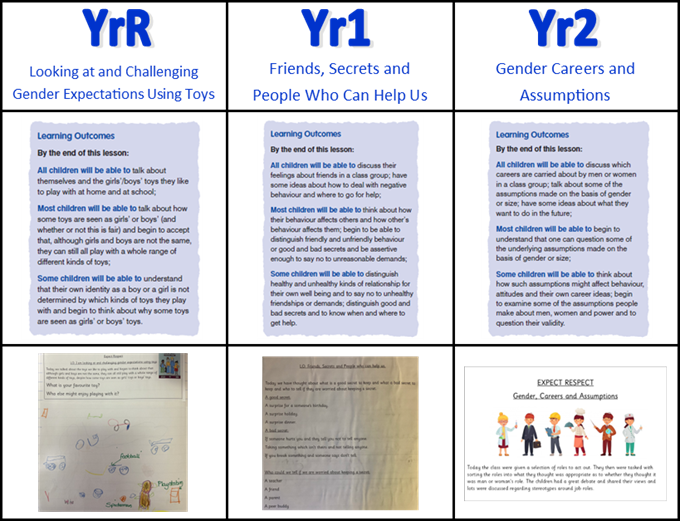
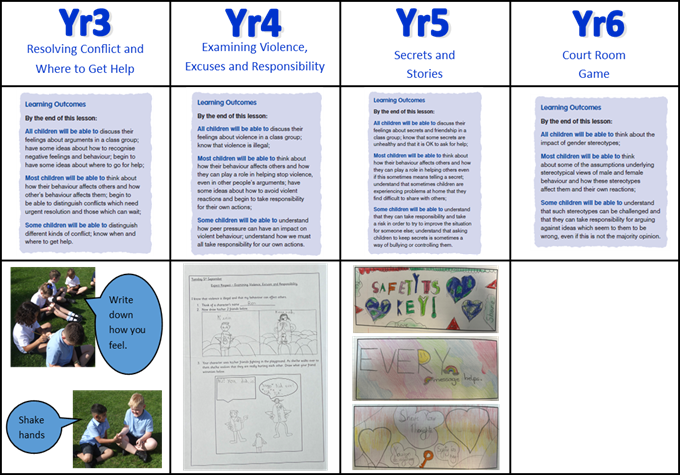
Talk PANTs
During PANTs lessons we teach our pupils the following important safety skills without giving explicit information or telling scary stories. We will be teaching our pupils the NSPCC’s Underwear Rule, using the ‘PANTS’ acrostic, which is like a green cross code for staying safe from sexual abuse.
PANTS stands for:
- Privates are private
- Always remember your body belongs to you
- No means no
- Talk about secrets that upset you
- Speak up, someone can help
Please watch the PANTs video by clicking on the link below.
If you would like to know more about the NSPCC’s campaign and see how you can help keep your children safe in partnership with school, more information can be found at www.nspcc.org.uk/underwearrule.

 IT/Computing Lessons
IT/Computing Lessons
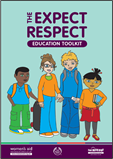 Expect Respect lessons
Expect Respect lessons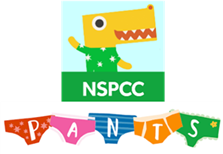
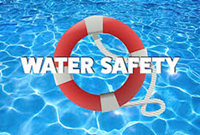
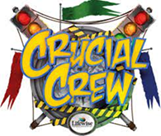
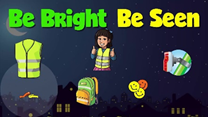
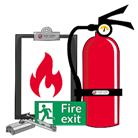 Fire Safety - Year 3
Fire Safety - Year 3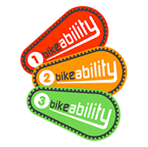 Bikeability - Year 6
Bikeability - Year 6